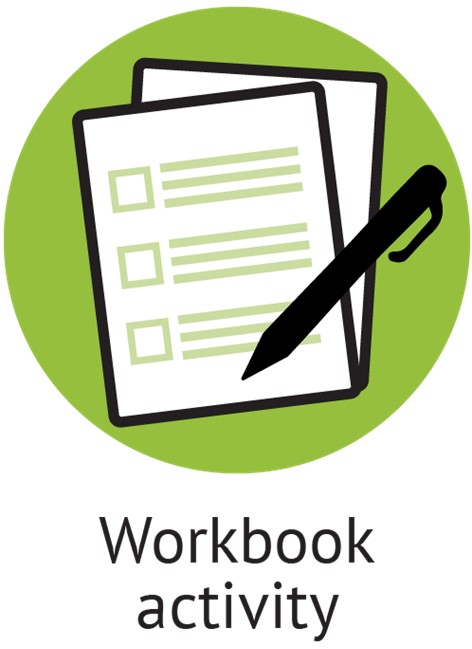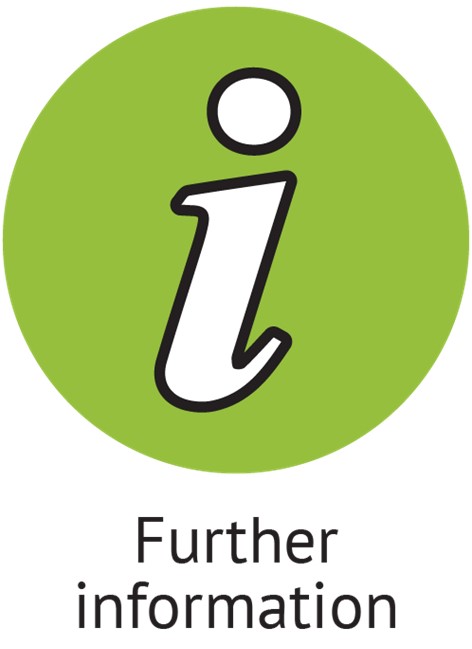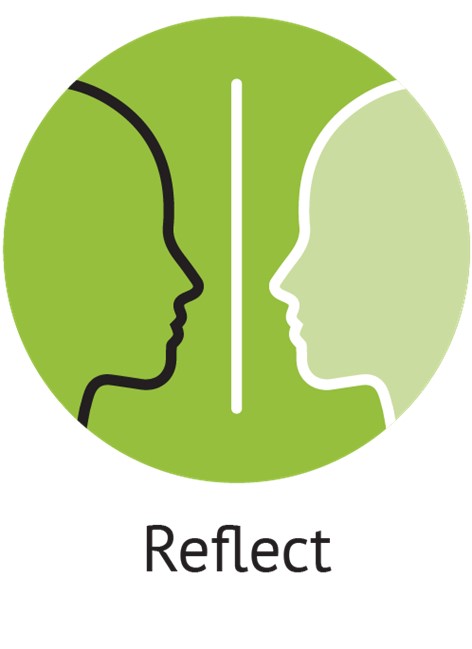Module 11 - Writing Your Literature Review
Writing Your Literature Review
A literature review is more than a summary of past research or an annotated bibliography. It is a work of synthesis which provides the context for your own investigations. In your literature review, you should:
- Clarify your understanding of the field
- Justify the theoretical and methodological approach of your research
- Place your research within a broader context
- Identify gaps in the current knowledge on your topic
- Evaluate the results of previous research
- Define key concepts and ideas
- Identify research in related areas that is general or transferable to your topic
- Identify relevant methodological issues
Learning outcomes
Upon completion of this module, you will be able to:
- Compare the different types of literature reviews and select the appropriate review format for your field of research
- Identify, track and troubleshoot literature review searches relevant to your research topic
- Assess literature sources for authenticity
- Categorise literature using a chosen method (e.g. thematic categories)
- Use note making skills to summarise each source of literature
- Critically evaluate sources of literature for their strengths, weaknesses and contributions to your research topic
- Synthesise multiple sources of information to inform your position
- Determine gaps in the literature search, relevant to your topic
- Begin constructing your literature review

Download Workbook and Additional Resources
11.1 Types of literature reviews
This content was adapted from Griffith University.
A literature review ensures that you are at least familiar with the body of research in your field before starting your own investigations. Writing a literature review also provides practice in critical thinking. Once you have applied critical thinking skills to the findings of past researchers, you are in a better position to apply these same skills to your own work.
You need to think of your literature review as a process – the steps you need to go through to identify and work with the literature, through to the final, written version (Figure 11). As you work through each of the steps, you should be writing all the time: taking notes, summarising sources, reflecting on your reading, keeping a journal of your ideas, and sharing your ideas with your supervisors and fellow researchers.
 Figure 11.1 The process of a literature review
Figure 11.1 The process of a literature review
11.1.1 Narrative or traditional literature reviews
- Critique and summarise a body of literature about the thesis topic
- Literature is researched from the relevant databases and is generally very selective in the material used
- Criteria for literature selection for a narrative review is not always made open to the reader
- These reviews are very useful in gathering and synthesising the literature located
- Principle purpose of a narrative review is to give the author and reader a comprehensive overview of the topic and to highlight significant areas of research, help identify gaps in the research and help to refine and define research questions
- Narrative approach differs from a systematic approach in the notation of search methods criteria for selection. This can leave narrative reviews open to suggestions of bias
11.1.2 Systematic reviews
- SAGE Research Methods, defines a systematic review as "A review of the literature that is conducted in a methodical manner based on a pre-specified protocol with the aim of synthesising the retrieved information, often by means of a meta-analysis."
11.1.3 Scoping Reviews
- Similar to a systematic literature review
- Key difference is that there are no restrictions on the materials sourced
- Purpose is to find ALL the materials on the topic
- When undertaking a scoping review it is important to systematise your search strategies to ensure you can replicate your searches and to attend to any gaps that appear in results
- When reading and sorting the results, apply some of the measures used in a systematic review so that your search results are sorted by key themes and are well organised
11.1.4 Cochrane Reviews
- Cochrane Reviews are systematic reviews of primary research in human health care and health policy
- Internationally recognised as the highest standard in evidence-based health care
- Investigate the effects of interventions for prevention, treatment and rehabilitation
- Assess the accuracy of a diagnostic test for a given condition in a specific patient group and setting
11.1.5 Campbell Collaboration
- Campbell Collaboration is an international research network that produces systematic reviews of the effects of social interventions in Crime & Justice, Education, International Development, and Social Welfare
If you have not done so already, talk to your supervisor about the type of literature review you need to write. You should also take time to decide what the boundaries/limits of your literature review will be – it is very easy to get caught in a cycle of sourcing literature that goes beyond the scope of your study. By setting boundaries (in consultation with your supervisors) your literature review process will be focused and you are less likely to be overwhelmed by the volume of information available.

11.2 Identify the literature
Refer to the mind map you created in Workbook Activity 7.1 (Formulating your research question) and use the topics, themes and concepts you identified to begin sourcing literature.
- Are you getting too few results?
- Or perhaps too many?
- Maybe not the right kind of results?
If you answered yes to any of the above questions, experiment with the search parameters to see if you can change the results you are returning. Try the following:
- Use synonyms (refer your answers in Workbook Activity 7.2 Developing key search terms)
- Use faceted searching, for example limit the year range or publication type (this is often in the left hand column)
- Use the advanced search to only look in a certain area, for example search just the title, abstract, and subject headings instead of the whole article
Feeling a little lost? Revisit Module 7 (The Research Question) for more ideas on how to refine your search parameters. You can also attend a Library workshop on 'search skills for researchers'.

11.2.1 Keep track of your searches
Now is a good time to review your account settings with databases you regularly use (Module 8 Deciding where to search) or, based on your searches in 11.2 (Identify the literature), set up a new account in a recently discovered database. Remember, you can set alerts so you receive emails about:
- Table of Contents
- Author citation alerts
- Document citation alerts
- Search alerts
Now is also a good time to update your records of searches running across databases – you may choose to set up a new record specifically for your literature review searches. Remember, these records should detail the:
- Day searched
- Database searched
- Search query run
- Limiters applied during the search
- Results
Feeling a little lost? Revisit Module 7 The Research Question for more ideas on how to refine your search parameters.
11.3 Validate the literature
Before progressing further with sources of information, you should perform the T.R.A.A.P test to ensure the information is current (timely), relevant, accurate, authorship is reputable, and that it serves a clear purpose for the topic and your literature review.
Feeling a little lost? Revisit Module 9 Evaluating Sources to refresh your T.R.A.A.P skills.

11.4 Categorise the literature
Once your initial search has identified some of the literature that is relevant for your study, the next step is to categorise the literature. Recall from Module 7 Activity 6 (Keeping a track of your database searches) that the sources may be categorised in a number of different ways. Can you think of a way to categorise the sources you are using for your own research? The method you choose will depend on the type of literature that is relevant for the study or the particular focus of the study.
Consider what you already know about your topic and your specific research question(s) (refer to your workbook activities for Module 7 The Research Question):
- What are the major themes that have relevance for your own work? Start to identify the work related to your particular field of research
- Who are the key authorities, experts or writers – the giants – in your field of research?
- Note any areas of consensus or disagreement between different writers
Remember, you can also attend a Library workshop on 'search skills for researchers'.

11.5 Summarise the literature
Choose one of the sources you have categorised and write a summary of the source.
Revisit Module 10 Writing Skills and your Workbook activities to assist in finding the best way to write summaries to suit you.

11.6 Evaluate, synthesise, and determine gaps in the literature
It is important to not only describe the content of the sources that you read but also to develop a critical stance on the literature that you review. Remember when evaluating literature, you are considering the strengths of the study, the significance and contribution of the information to your field of research and identifying the limitations, flaws or weaknesses.
Revisit Module 9 Evaluating Sources to refresh your memory on evaluating literature.
Activity
Using the same source as used in activity 5 (Summarise the literature), evaluate the research/article/source using the questions from Module 9 as a guide.
Once you have categorised, summarised, and evaluated a number of the identified texts, start to take note of any patterns you observe in what you have read and any gaps where you can insert your own study. You may find that there is a gap where the research is incomplete; you may find a need to apply a new theory to an old problem; or you may establish a need to look at a topic from a new angle or perspective.

11.7 The product: The structure of the traditional literature review
Your literature review may be a chapter on its own, it may be embedded in different chapters, or it may be separated into chapters organised around different topics or themes. For a thesis by publication, each publication/manuscript will include its own literature review, and the introduction to the whole thesis will need to include its own review of the literature that pulls together the themes in each publication/manuscript.
Each of these different formats will have a basic generic structure of introduction, body and conclusion.
11.7.1 Introduction
In the introduction section of the literature review, you should define the general topic and provide an appropriate context for reviewing the literature. Summarise the overall trends that have emerged from your review of the literature and highlight the significance of your review. Establish your reason for reviewing the literature and outline the scope and organisation of the current review.
Find a thesis in your discipline in Research UNE (RUNE) or ask your supervisors to recommend a good thesis to look at. How is the literature review structured? Is it a stand-alone review? Embedded in chapters? Thesis by publication? Read the introduction of the literature review. Can you identify any of the following elements in the introduction?
- The general topic or area of concern
- Overall trends in the published literature
- Significance of the present review
- The writer’s purpose for reviewing the literature
- The scope and organisation of the review
11.7.2 Body
- In the body of the literature review, group the literature (research studies, reviews, theoretical articles, case studies, etc.) according to common denominators.
For example, you may group the studies in terms of qualitative versus quantitative approaches, major findings, conclusions of authors or chronology of previous work.
- Arrange the literature review following a logical sequence.
For example, you may decide to begin by reviewing the theoretical literature before moving on to the empirical research. As you present the research, critically evaluate the studies, discussing strengths, weaknesses and limitations.
- You can help the reader by using appropriate headings and subheadings to indicate the topics and subtopics of different sections of the review, and by using transition signals and linking words to make explicit the logical connections between your ideas. See the fact sheet on Connecting your ideas for more information on transition words.
Using the same thesis as in the previous activity, skim through the body of the review. Can you identify a distinct pattern of organisation? What principle was used to organise the review? How do you think you will organise your own literature review?
11.7.3 Conclusion
In the conclusion section of the literature review, you should
- Summarise the major contributions of the studies/ research to the body of knowledge under review
- Maintain the focus that you established in the introduction
- Evaluate the current state of knowledge, pointing out major flaws in methodology or gaps in research, inconsistencies in theory and findings, and areas pertinent to future study
- Make explicit the links between the review and your own research project to justify your study
Using the same thesis as in the previous activities, read the concluding section of the literature review. How does the writer identify the gaps in the literature that the review has highlighted? How does the writer justify the present study?
11.8 Summary
Hopefully by now, you have an idea about how you can get started on your own literature review. If you have already started, assess your own draft. For example, what logic have you used to structure the review? Have you used signposts to guide the reader? Are there clear links between the literature review and your own study? Repeat this process until you are satisfied with your draft. Perhaps you can exchange drafts with another Masters/PhD student for additional feedback, before submitting your draft to your supervisors.

Progress to Module 12 - Publishing
Feedback
In order to improve this resource, please email us if you have any questions, comments, or feedback to SOL:AR





